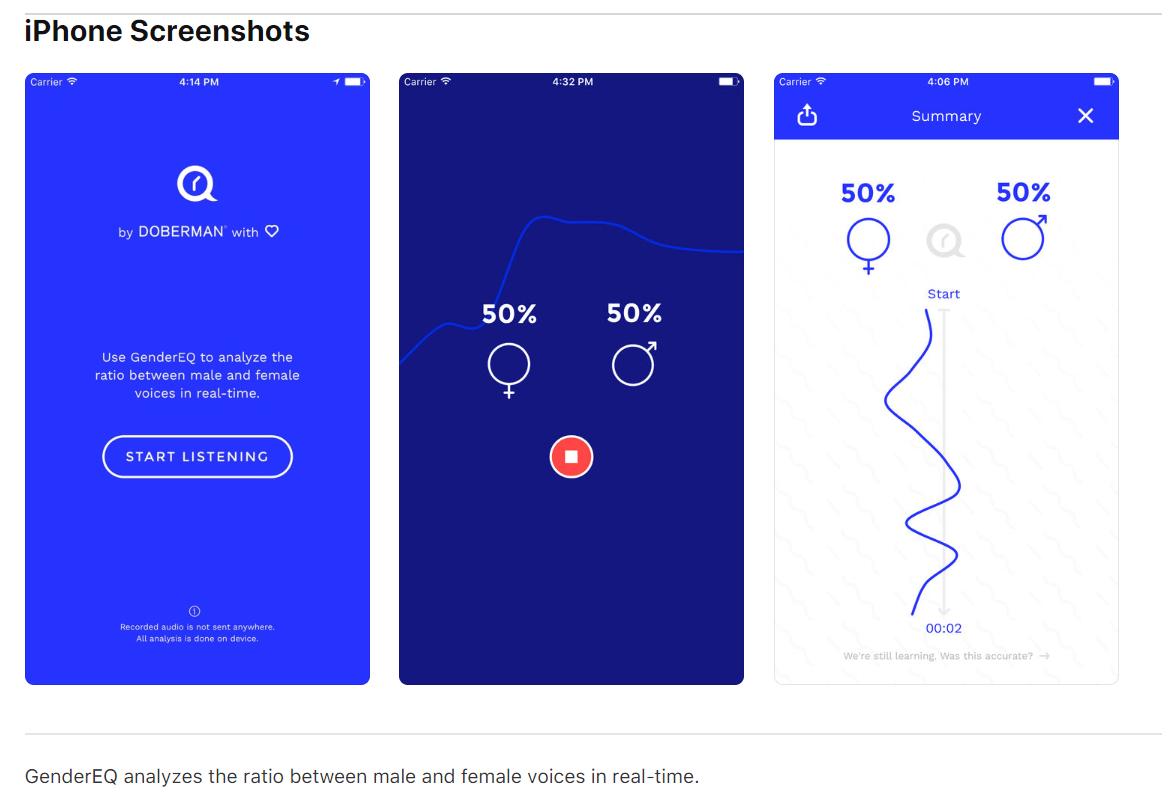The last few weeks, I was creating a workshop on Allyship and came across research on gender voice and decision making in organizations. It made me realized that a lot of effort goes on bringing more women to the table but there is little discussion about changing decision-making processes across organizational functions to effectively make those who are already at the table count toward closing the gender gap.
Sadly, the World Economic Forum gender gap project states that it may take over 200 years to close the current gap. Obviously, we still need to invest in bringing more women to the table, but in the meantime, I believe that by affecting the decision-making process in which a few women are involved we can make meaningful progress toward closing the overall gap.
Several years ago, I was at a meeting discussing whether or not to hire a candidate. For a brief moment, one of the leaders asked, what were my thoughts on this person’s ability to succeed in the organization. I explained my view & for the most part remained silent. I knew that my opinion didn’t have too much weight as I was not a key decision-maker for the hiring of the individual.
In retrospect, I wish my managers have understood that one woman at a table with no power is like having none & that how they make decisions influences the impact a diverse hired may have in their organization’s outcomes.
Let me share below the key research insights you can immediately implement in various areas to drive a more inclusive workplace.
What to expect in male-dominated environments?
Your brain gets prime to unconsciously respond to stereotypes and behave in certain ways. In male-dominated environments, the interactions tend to be stereotypically masculine, meaning people expect others to be assertive, competitive, and dominant. Men & women may behave like this, but there is a catch.
Research has shown that women who behave in ways that break the stereotype of femininity are labeled as “Too aggressive” and those who speak up frequently are “https://journals.sagepub.com/doi/abs/10.1177/0001839212439994“
In primarily female environments the expectation is for cooperation, intimacy, and inclusion. So, in this environment’s women act in more confident ways because they are not trying to fit into something they are not. Now, think of your organizational dynamics. Are assertiveness & competitiveness consider leadership traits? Can women who do not display these traits realistically advance?
Area: Leadership
To tackle these stereotypes a new leadership model must be re-defined that is separate from men. Let’s stop pretending that all leaders can be boxed in one theoretical model. To create the female leadership model: Ask women in your team, how they lead outside your organizational walls. And what needs to change in your team for them to behave in similar ways. After you collect the attributes of your female leaders, share with your team and find ways to support women. Publicly sanctioned & reward female leadership behavior to signal others that various leadership styles are accepted.
How male-dominated environments impact decision-making?
In mixed-sex discussions during meetings that occurred in male-dominated environments, women will speak less and be perceived as less influential than men. These disadvantages will increase as the group gender configuration shifts toward males.
Area: Decision-making during Meetings
Set a gender balance goal for speaking up during meetings & track the percentage of time men & women speak using Gender EQ. This will bring the gender bias where women get frequently interrupted to the forefront and incentivize people to behave in ways that are inclusive.

Gender EQ app
Area: Affect decision-making to overcome tokenism
Researchers found that women are especially disadvantaged when they are the token in the room. However, men do not suffer the same disadvantage when they are the gender “token.” At least is good to know that men who are typically token in female dominant organizations like non-profits are able to still assert their voices.
Most organizations make decisions under a majority rule which means there is power in numbers and minorities are at a disadvantage. Under majority rule, conflict is acceptable and some perspectives may not be included in the group’s final decision. We all know that conflict rarely occurs as most people chide away from disagreement and a culture of passive aggressive behavior prevails.
Nevertheless, if you brought one woman to the table, you must re-design the rules of decision making to not always favor a large majority. Here is why, a seminal study conducted with mock juries by Hastie et al 1983, demonstrated that people shift their views more under unanimous rule vs majority rule. Now, think about your meetings, and how you could impact your business results by using a unanimous rule.
If you shift the rules of decision-making you will have the most impact on driving inclusion in your organization.
Set the norm that every person’s contribution matters by declaring that certain decisions be made under the unanimous rule. It means that every person’s opinion must be 100% in agreement to move forward. It will set the expectation that every vote has equal importance and respect.
Finally, since most organizations make decisions using the majority rule, we need to keep working to increase the number of women in male-dominated environments & advocate for adopting a unanimous rule process.
If you have tried any of these strategies please share your results. I’d love to hear from you.




0 Comments